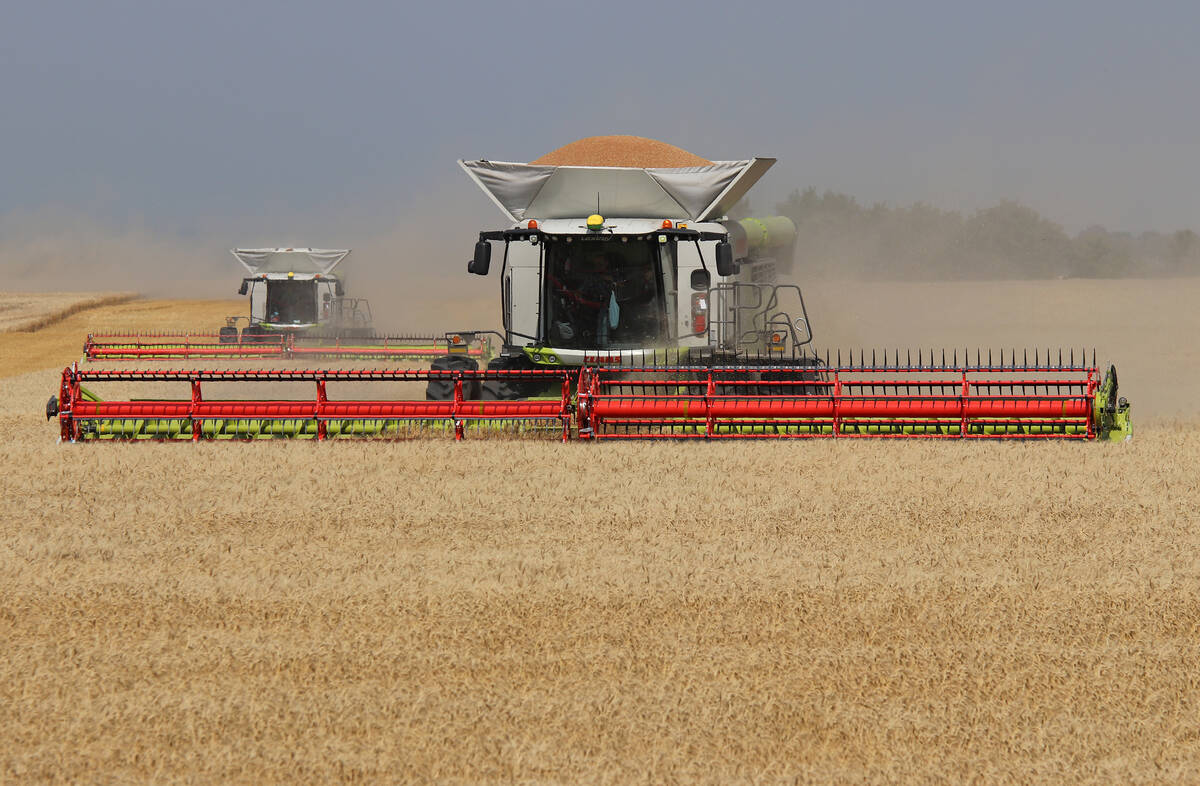It’s not uncommon to swap combines every two or three years. But a grain dryer might last the length of a farming career, which is why due diligence in the buying process is important.
A poor decision made in haste because of short-term weather conditions can become expensive to correct when the new dryer doesn’t match up with the farm’s needs, says Gary Woodruff, a grain conditioning expert with over 40 years of experience.
The GSI grain systems specialist says there are five main things producers should look for in a new dryer purchase.
Read Also

China’s grain imports have slumped big-time
China purchased just over 20 million tonnes of wheat, corn, barley and sorghum last year, that is well below the 60 million tonnes purchased in 2021-22.
He said, in a recent guide for farmers, that the underlying thought should be how to maximize the quality and value of stored grain, this year and for many years into the future.
A new grain dryer should have a lifespan of 20 to 30 years.
“The most recent estimates show that U.S. farms are increasing yields by two to three percent annually,” he said. “Ten years down the road, you may have 30 percent (more crop), even if you don’t buy or rent any additional acres. So you need to make sure that buying a grain dryer is a long-term decision. Select one that will take care of your needs for a long enough period of time, which is usually not less than 10 years.”
Cost and return on investment are two different factors, and should be treated as such. In the big picture, ROI is what matters because it has such a big impact of the value of your crop.
“Farmers often worry a lot about the initial investment, but it’s important to also pay attention to how efficient the dryer is. Will it enable them to get their harvest out of the field early to increase yield, and then get their grain dried in optimum time to protect grain quality and maximize market value? All of these things have to be looked at to figure the true cost benefit.”
Woodruff says one of the factors farmers are often concerned about is how to select the right type of dryer to meet their particular situation.
“There’s no easy answer. It depends on a number of factors that vary by farm. That includes how many bushels will come through the system, are there some bins already in place and how much labor is available. These and any other factors need to be discussed and considered in the final decision.”
Woodruff say that if a producer needs to dry up to 100,000 bushels, a good choice might be an in-bin system such as a low temp, stirrator or floor discharge bin. Up to 750,000 bushels, a portable, stack, roof bin dryer or modular tower are appropriate.
Larger dryers such as a tower are generally required for 750,000 or more bushels.
If you have the manpower and management system to keep your dryer running 24 hours a day every day, you can determine the correct dryer capacity by calculating the total number of bushels harvested per day divided by 24 hours.
However, Woodruff cautions against this formula unless you are certain you can run your dryer consistently every day for 24 hours.
He says it’s more realistic to estimate the actual number of bushels you expect to dry per season.
Consider your average down time and how many bushels you expect to grow for the next 5 to 10 years.
Then determine how many days your equipment will take to complete the harvest and select a wet bin and dryer capacity that can accomplish that.
All dryer capacity ratings use wet bushels. The dryer will put out dry bushels.
In the release Woodruff says, “One common misconception is that you can simply increase the amount of wet bin holding capacity to increase the operating capacity of the dryer. But that’s a short-term answer that only helps until you catch up. It doesn’t actually change the capacity of the dryer at all.”
He says a better solution is to add a larger capacity dryer that holds more bushels.
“If you have a larger holding capacity and you maintain optimum air flow, not too high and not too low, you will dry the most grain possible in a given time period with good grain quality and efficiency”
Woodruff says it may cost a little more up front, but it will to pay dividends every year.
“Storage and drying work together. Farmers only get one shot each season to harvest and dry their grain so it stores properly.”
Contact Gary Woodruff at 888-474-2467.















